
In this article, we delve into the compelling reasons to adopt a Cloud Development Environments (CDEs) for software development. Emphasizing the convenience of accessibility, this piece outlines how CDEs allow developers to work from anywhere, at any time, thus facilitating a flexible and collaborative work culture. We explore the significant reduction in setup and maintenance times that CDEs offer, liberating teams from the constraints of hardware and enabling a focus on innovation and productivity. The article also highlights how CDEs support a scalable infrastructure, adjusting seamlessly to varying project demands without the need for physical upgrades. By integrating advanced security protocols, CDEs ensure that sensitive data remains protected in a controlled and secure online sphere. Through real-world examples and expert insights, this article makes a strong case for transitioning to a cloud-based development environments, showcasing its transformative impact on the efficiency and effectiveness of development projects.
Introduction
What are Cloud Development Environments?
CDEs are a virtual space hosted on cloud infrastructure that provides developers with the resources and tools necessary to develop, build, test, and deploy software applications. Unlike traditional development environments that require local installations and configurations, CDEs offer a fully-equipped and managed workspace accessible from anywhere with an internet connection.
by kay.kwak

Importance of CDEs in Modern Software Development
The significance of CDEs in contemporary software development can not be overstated. Here are the key reasons why CDEs are essential:

Enhanced Accessibility and Collaboration
One of the primary advantages of CDEs is their unparalleled accessibility. Developers can access their workspaces from anywhere in the world, provided they have an internet connection. This remote accessibility is crucial for modern development teams that may be distributed across different locations. CDEs support real-time collaboration, allowing multiple developers to work on the same project simultaneously. Features such as live code sharing, integrated version control, and instant messaging tools facilitate seamless communication and coordination among team members, enhancing overall productivity and reducing the time to market.
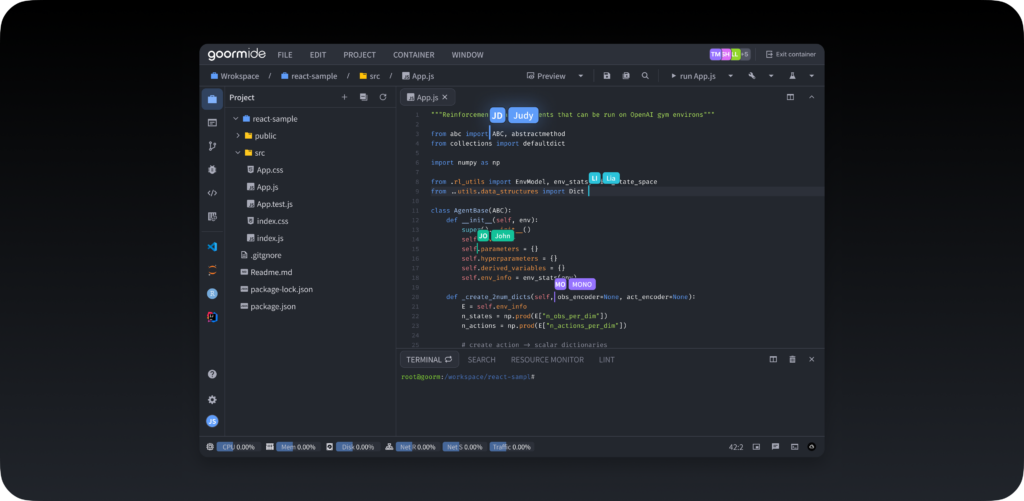
Increased Efficiency and Productivity
By eliminating the need for lengthy setup processes and local installations, CDEs enable developers to start working on their projects almost immediately. The integrated development tools provided by CDEs streamline the development workflow, reducing the time spent on configuring environments and allowing developers to focus on coding and problem-solving. This leads to faster development cycles and quicker delivery of software products.
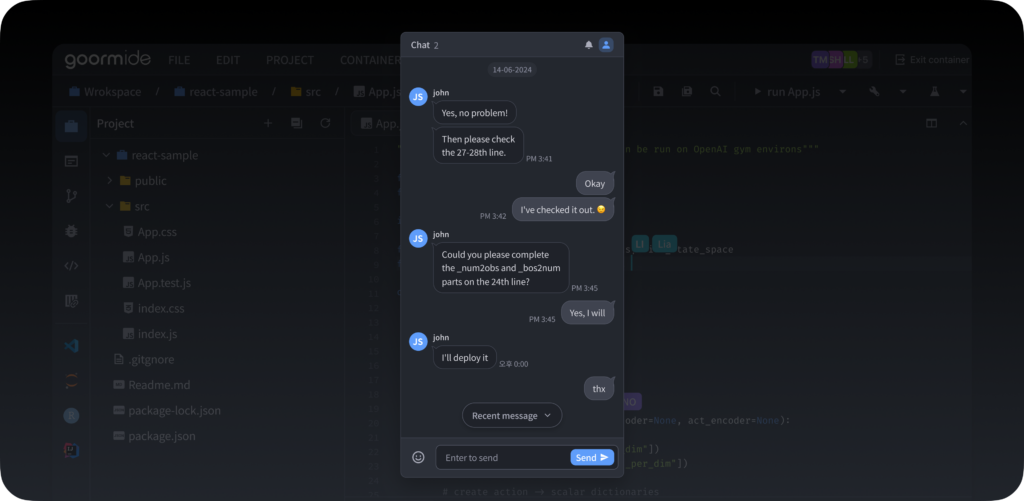
Scalability and Flexibility
CDEs are designed to be highly scalable and flexible, catering to the dynamic needs of software development projects. Unlike traditional development environments that are often constrained by physical hardware limitations, CDEs can scale resources up or down based on demand. This means that development teams can easily adjust their computing power, storage, and other resources to match the specific requirements of their projects. This flexibility is particularly beneficial during peak development periods or when dealing with large-scale projects, as it ensures that developers always have the necessary resources at their disposal without incurring significant additional costs.
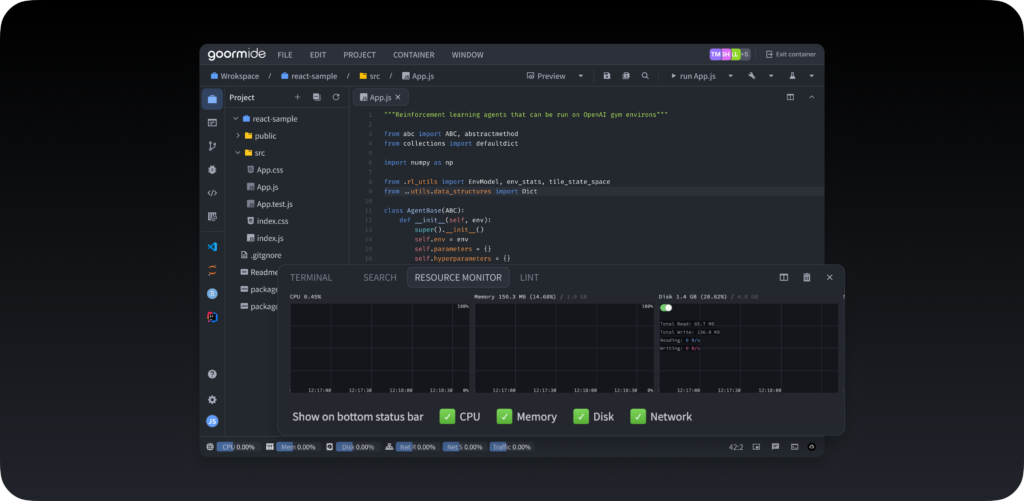
Consistency Across Environments
One of the common challenges in software development is maintaining consistency across different development environments. CDEs provide standardized environments that ensure all developers are working with the same configurations and toolsets. This consistency reduces the risk of environment-related bugs and discrepancies, leading to more reliable and predictable outcomes.
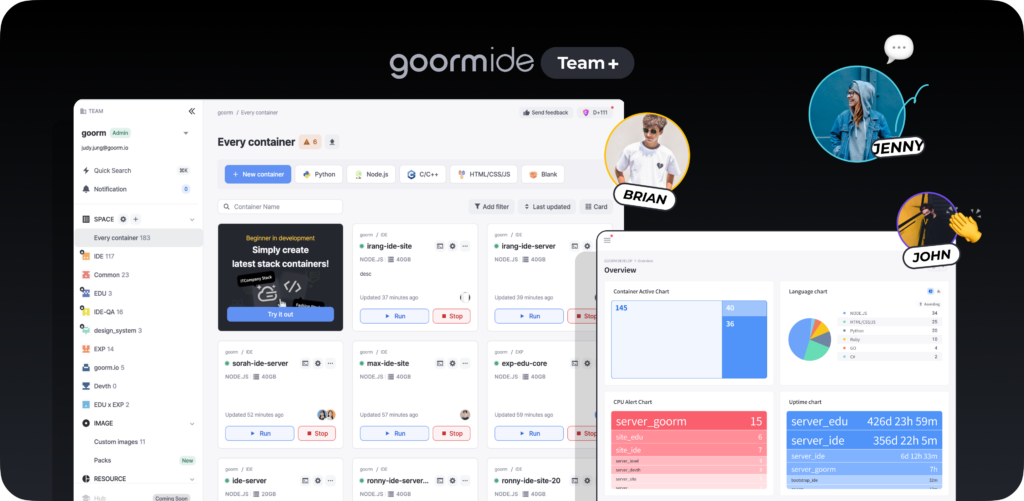
Integrated Development Tools
CDEs come equipped with a comprehensive suite of development tools and services. These integrated tools typically include code editors, debuggers, compilers, and testing frameworks, all of which are accessible within the cloud environment. This integration eliminates the need for developers to manually install and configure tools on their local machines, significantly reducing setup time and complexity. Moreover, CDEs often support a wide range of plugins and extensions, allowing developers to customize their environments to suit their specific needs and preferences.
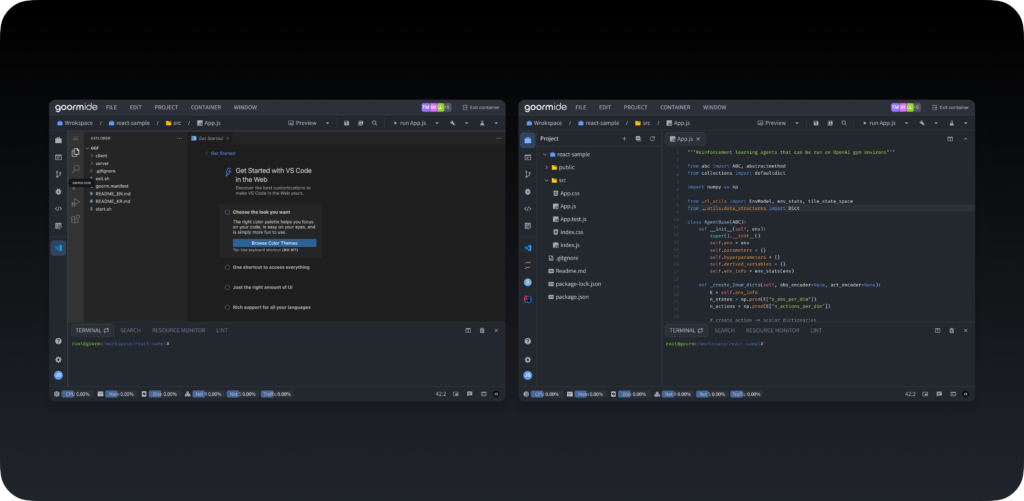
Enhanced Security and Compliance
Security is a top priority in CDEs. CDEs providers implement robust security measures to protect sensitive data and ensure compliance with industry standards and regulations. These measures often include encryption of data in transit and at rest, multi-factor authentication, and regular security audits. Additionally, CDEs provide controlled access to development resources, ensuring that only authorized personnel can access critical components of the development environment. By leveraging the advanced security infrastructure of cloud providers, CDEs help organizations mitigate risks and safeguard their intellectual property.So
Cost-Effectiveness
- Traditional Development Environments: Investing in hardware and maintaining it can be expensive. Costs include purchasing equipment, electricity, and physical space, along with the time spent on setup and maintenance.
- Cloud Development Environments: CDEs operate on a pay-as-you-go model, where teams pay only for the resources they use. This model can result in significant cost savings, particularly for start-ups and growing businesses.
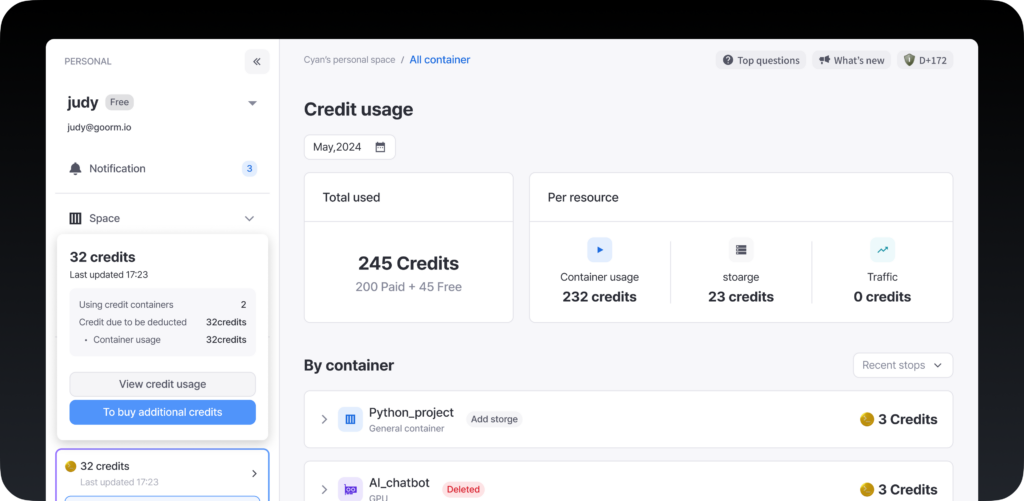
Challenges and Considerations
While CDEs offer numerous advantages, they also come with their own set of challenges and considerations that need to be addressed to ensure a smooth and efficient development process.
Network Dependency
CDEs rely heavily on stable and high-speed internet connections. Since the entire development environment is hosted in the cloud, any disruption in internet connectivity can significantly impact productivity.
Challenges:
- Internet Reliability: In areas with unstable or slow internet connections, accessing and working within a CDE can be problematic. Frequent disconnections or lag can hinder development work and delay project timelines.
- Bandwidth Limitations: Working with large files or resource-intensive applications in a CDE may require substantial bandwidth. Limited bandwidth can lead to slow performance and increased latency, affecting the overall user experience.
Considerations:
- Redundancy and Backup Solutions: Implementing multiple internet connections or backup solutions can mitigate the risk of network downtime.
- Local Caching: Utilizing local caching mechanisms for frequently used files and resources can help reduce dependency on constant internet access.
- Performance Monitoring: Regularly monitoring network performance and bandwidth usage can help identify and address potential issues before they become critical.
Data Privacy and Security Issues
Security and privacy are paramount when working with sensitive data in a cloud environment. While CDE providers implement robust security measures, it’s essential to understand and address potential risks.
Challenges:
- Data Breaches: The centralization of data in the cloud can make CDEs a target for cyberattacks. Unauthorized access, data breaches, and other security threats can compromise sensitive information.
- Compliance Requirements: Different industries and regions have specific compliance requirements (e.g., GDPR, HIPAA) that must be adhered to when handling data. Ensuring that the CDE meets these regulations can be complex.
- Access Control: Managing who has access to what data and resources within a CDE is crucial. Inadequate access control mechanisms can lead to unauthorized data access and potential misuse.
Considerations:
- Encryption: Ensure that all data, both in transit and at rest, is encrypted using strong encryption standards.
- Regular Audits: Conduct regular security audits and vulnerability assessments to identify and mitigate potential security risks.
- Access Management: Implement stringent access control policies and use multi-factor authentication(MFA) to enhance security. Regularly review and update access permissions to ensure they align with current roles and responsibilities.
Limitations in Computing Resources
While CDEs provide scalable resources, there can still be limitations based on the service provider’s offerings and cost constraints. Understanding these limitations is crucial for optimizing performance and resource allocation.
Challenges:
- Resource Allocation: Allocating insufficient resources can lead to performance bottlenecks, while over-allocation can result in unnecessary costs. Balancing resource usage and cost-effectiveness is a constant challenge.
- Service Limitations: Some CDE providers may impose limits on the number of virtual machines, storage capacity, or network throughput. These limitations can impact the ability to scale as needed.
- Performance Variability: Depending on the cloud provider and specific service plan, there can be variability in performance, especially during peak usage times. This variability can affect the consistency and reliability of the development environment.
Considerations:
- Resource Monitoring: Implement comprehensive monitoring tools to track resource usage and performance. Use this data to make informed decisions about resource allocation and scaling.
- Cost Management: Use cost management tools and practices to keep track of expenses and optimize resource usage to stay within budget.
- Service Level Agreements(SLAs): Understand the SLAs provided by the CDE provider, including uptime guarantees and support response times. Choose a provider that aligns with your performance and support requirements.
The Future of CDEs
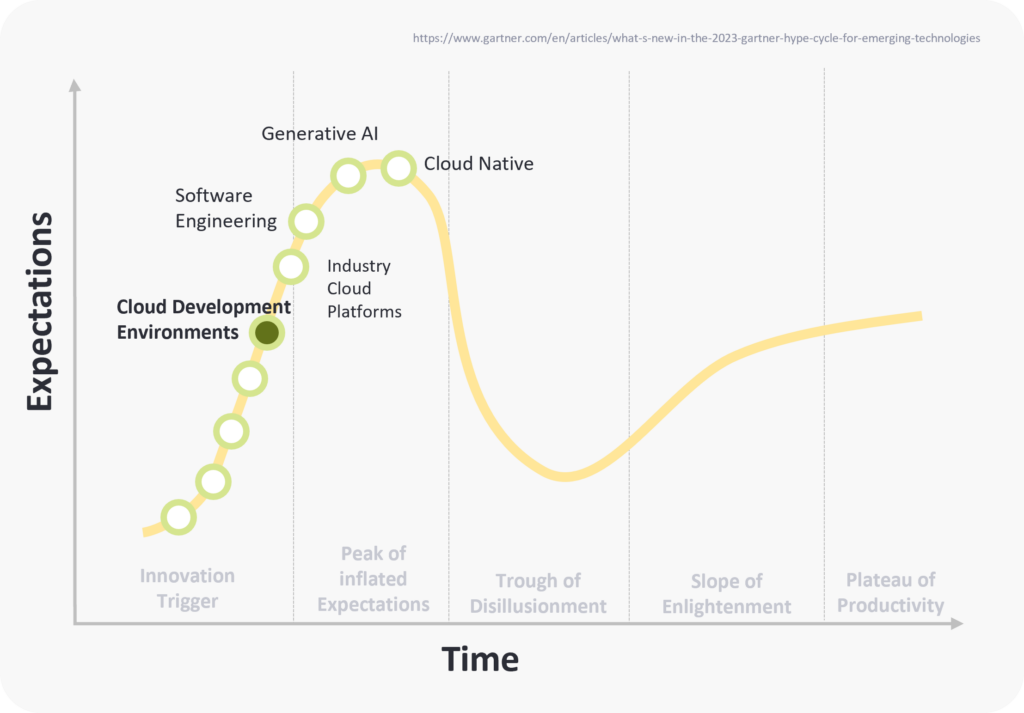
Trends and Predictions
Increased Adoption of AI and Machine Learning Artificial Intelligence(AI) and Machine Learning(ML) are set to play a more significant role in CDEs. These technologies can automate various development tasks, such as code completion, bug detection, and performance optimization, enhancing developer productivity and reducing the time required to bring products to market.
Enhanced Integration with DevOps Practices As DevOps continues to evolve, CDEs will become more tightly integrated with DevOps tools and workflows. This integration will facilitate continuous integration and continuous deployment(CI/CD) pipelines, making it easier for development teams to automate testing and deployment processes, thereby improving the speed and reliability of software releases.
Expansion of Serverless Architectures Serverless computing is gaining traction, and its principles are expected to be increasingly incorporated into CDEs. This trend will allow developers to focus solely on writing code without worrying about the underlying infrastructure, leading to more efficient resource utilization and cost savings.
Greater Emphasis on Security and Compliance With the growing concern over data breaches and cyber threats, CDE providers will continue to enhance their security measures. Future CDEs will likely include advanced security features such as zero-trust architecture, automated compliance checks, and real-time threat detection to ensure the highest levels of data protection.
Focus on Developer Experience CDE providers will increasingly focus on improving the developer experience by offering more customizable and user-friendly interfaces, reducing latency, and ensuring that environments are highly responsive and reliable. This focus will help attract and retain top talent by providing a superior development experience.
Conclusion
Benefits and Challenges
CDEs have revolutionized the way software development is conducted by offering numerous benefits that enhance productivity, collaboration, and efficiency. Key benefits include:
- Enhanced Collaboration and Accessibility: CDEs allow developers to work from anywhere, fostering a flexible and remote-friendly work culture. Real-time collaboration tools facilitate seamless teamwork across distributed teams.
- Increased Efficiency and Productivity: With quick setup and integrated development tools, CDEs streamline the development process, reducing the time required to start and complete projects.
- Scalability and Flexibility: CDEs provide scalable resources that can be adjusted to meet project demands, eliminating the need for physical hardware upgrades.
- Consistency Across Environments: Standardized environments reduce discrepancies and bugs related to different development setups, ensuring more reliable outcomes.
- Enhanced Security and Compliance: Advanced security measures and compliance tools help protect sensitive data and ensure adherence to industry regulations.
- Cost-Effectiveness: The pay-as-you-go model and reduced need for physical infrastructure lead to significant cost savings, especially for start-ups and small businesses.
- Faster Onboarding and Training: New team members can quickly access pre-configured environments, speeding up the onboarding process and boosting overall productivity.
Despite these advantages, CDEs also come with challenges:
- Network Dependency: Stable and high-speed internet connections are essential for optimal performance, and any disruption can impact productivity.
- Data Privacy and Security Issues: While CDEs offer robust security features, managing data privacy and ensuring compliance with various regulations can be complex.
- Limitations in Computing Resources: Resource allocation and performance variability can pose challenges, requiring careful monitoring and management to optimize usage and costs.
Final Thoughts on the Role of CDEs in Development
CDEs have become an integral part of modern software development, transforming how teams work and innovate. By addressing the challenges and leveraging the benefits, organizations can maximize the potential of CDEs to drive efficiency, collaboration, and scalability in their development processes. As technology continues to evolve, CDEs will likely play an even more crucial role, enabling developers to stay competitive and agile in an ever-changing landscape.
The future of software development is undoubtedly intertwined with the advancements in cloud technology, and CDEs are at the forefront of this evolution. Embracing CDEs not only prepares organizations for current demands but also positions them for future success by fostering a more dynamic, secure, and efficient development environment.
Explore goormIDE for a more comprehensive experience.






